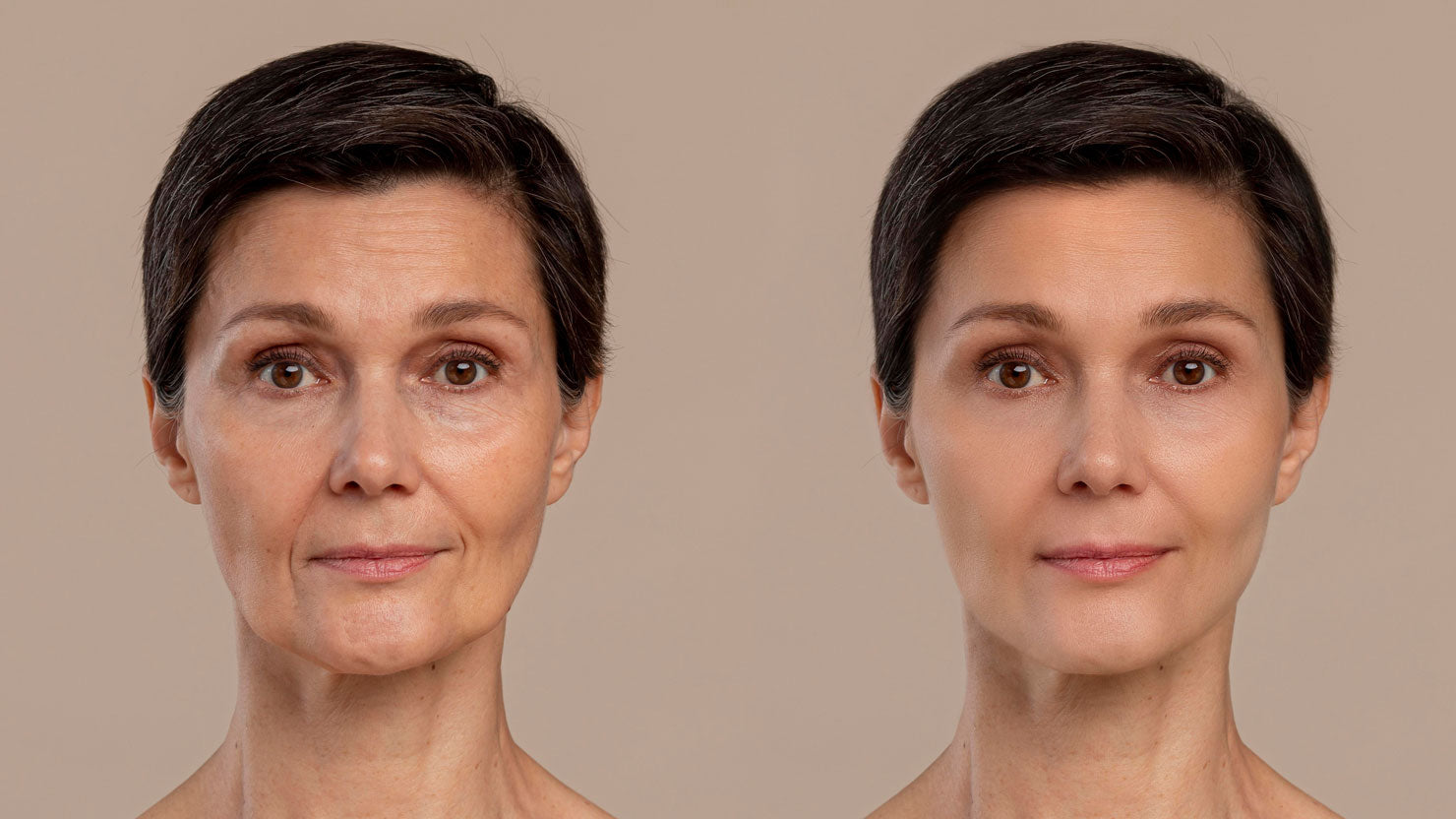What is Your Skin?

What is Your Skin?
Freckles, Moles and More
Author: Nigelle Fredette
Date : September 1, 2021
Skin is important to bodily health, and not just because it holds all the insides… well, inside. You can probably guess a person’s age or health just by taking a good look at their skin, the older we get the looser it becomes.
If someone has jaundice then their skin will discolour to a shade of yellow; it signifies an illness like hepatitis, gallstones or tumours, for example. Skin weighs approximately one seventh of your total body mass, and is our largest organ. It helps keep you safe from the elements with the many nerve endings in it. It also protects against some germs and toxic items.
How Does it Work?
Men usually have thicker skin than women, but younger people generally have thicker skin than seniors. The thickness can also change depending on where on the body you look, for example the soles of your feet will be thicker than the back of your legs.
The epidermis is constantly rebuilding itself as the old layers of skin flake off. The cells are built in the lower two portions and eventually make their way up to the top (about four weeks).
This layer also has special cells with varying functions. The Melanocytes provide skin tone, pigmentation, called melanin. Lymphocytes and Langerhans take the bad germs to lymph nodes for removal. Merkel cells are the ones with nerves and provide us with the ability to feel pressure. Your skin also creates Vitamin D when exposed to the sun, which contributes to bodily health (just don’t get too much sun).
The dermis layer, the middle portion, is made of up of collagen fibers that help make the skin stretchy (like elastics). If the dermis tears, the skin will show stretch marks. This layer also protects connective tissues of muscle and bone. Furthermore, the capillaries of this layer provide oxygen and nutrients, and help cool the body. The innermost layer, subcutis, is predominantly connective tissue and fat. There are some portions of the dermis that stick out, creating small “caverns” in the skin. This is where fat and water will be stored and act as protection against bumps. This layer will also help keep us warm when it’s chilly outside.
Ephelides?
Better known as freckles, these are small patches of pigment under the skin. The most prevalent people to have freckles are red heads and fair skinned people, and it all has to do with genes.
They’ll first start appearing when someone is a toddler and begins being exposed more to the sun. It is possible for them to continue appearing into the 20s. But, they might disappear as you age or fade in the winter months. When it comes to liver spots, solar lentigines, you’ll likely start noticing them after 50 years old. They’ll show up in areas that have been exposed to the sun.
Natural freckles don’t need a “cure” or treatment as they don’t pose a health risk. If they change, grow, become raised or sore, then it’s suggested you seek medical attention.
There are treatments people can seek if they don’t like the way their freckles look (appearance). This should be done with the help of a medical care provider and dermatologist (always speak to your medical provider about your intentions and concerns).
Some of the things people have done to rid themselves of freckles include laser, skin freezing, certain creams, or chemical peels. Freckles and moles aren’t the same thing, despite being somewhat similar in appearance. A mole is a large collection of darker cells (have more pigment) with extra blood vessels.
They can be varying sizes with a smallbump. They’re typically harmless, like freckles, but it’s beensuggested that people with 11-25 moles are more likely to develop melanoma (skin cancer) — though it’s veryrare and the rate only 1.6 per cent.
Sun Protection
How can we keep our skin, and therefore body, healthy? Remember to use sunscreen, at least 30-spf, that’s also water resistant at least 15 minutes before going outside. Furthermore, try to stay in the shade during the hours of 10:00 am and 4:00 pm (when the sun is the highest).
This includes the winter months! Even if you’re not a fan of hats, maybe try it out to protect that pretty face of yours (and your neck). While we love the beach, take some extra caution since these are reflective surfaces that will bounce the sun rays at you! Of course, you should always consult a medical care provider and dermatologist to better understand your body’s skin.
